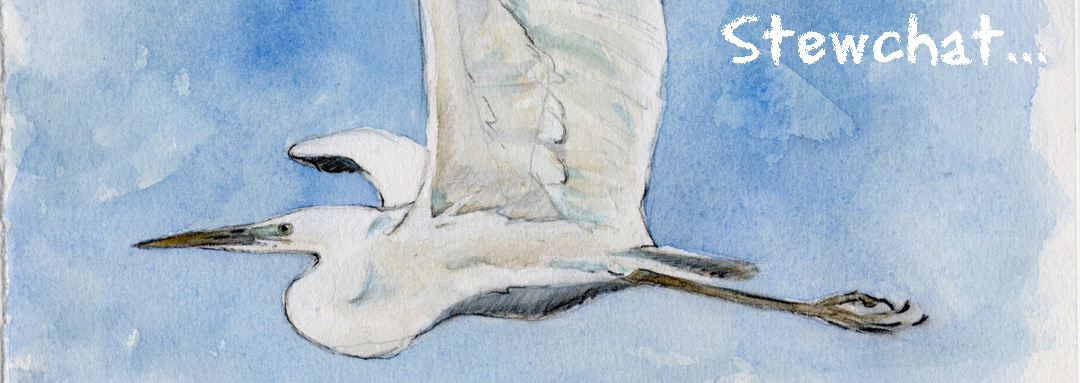Well that made a change. Some very pleasant weather for Saturday and Sunday!
Saturday was spent cleaning the greenhouse and tidying in the garden a bit. Some molehills were collected to mix with peat free compost to plant seeds in but that was about it really. Heron was added to the garden list as there has been some territorial flighting past with birds grunting at each other on the way.
As it felt quite spring-like, on Sunday we took a short trip to a usual inland patch to look for Goshawks. That particular quest didn't end well and a lot of our forest area has now been clear felled, mainly in the aftermath of Storm Arwen damage a couple of years ago. Still, the place is now a light-filled open space so there might be more plants and insects in the summer plus it has extended the Nightjar habitat by a great deal.
On the way, a short stop to scan a finch flock in a stubble field was a nice surprise. There were 80-100 Bramblings with a few Yellowhammers, Reed Bunting, Chaffinches and Linnets. The air was filled with singing Skylarks, Snipe were tick-tocking and Lapwings were in tumbling display in the next field, but they need to be careful, this is just a temporary 'false' spring that we always get at this time of year. There is a chance we will get some snow yet.
Up in the clearfell it was quiet other than some nice Crossbills singing and showing very well and a Raven carrying nesting material. For me it doesn't matter too much if there isn't much to see up here, it just feels so quiet and remote, and we never bump into anyone so its always a great walk.
We were back at the car for lunchtime. On the way home a short roadside stop found 3 Adders basking. Two were very black looking individuals with a more normal olive toned female. Seeing these is a highlight every spring, long may it continue.

|
| That area on the left was tall pines when we were last here. |

|
| At the top of that spindly tree is a singing Crossbill. This is just my phone shot. Compare how much difference a shot through the scope makes. |

|
| This female was further along. We saw around 25 birds in total. |




















